Native Instruments has today released a major update for Reaktor 6 that brings front panel patching to the Reaktor world with the help of the new Rack file format. With this update, it’s possible to wire single blocks like a hardware modular Synthesizer with cables on the interface. Attention VCV Rack and Voltage Modular, Reaktor 6 plays now.
It’s a pity that front panel patching is only available with the official Native Instruments and 3rd party modules. Currently, the Rack format does not support 3rd-party modules from the huge user library. Hopefully in future. To guarantee a good introduction, NI also released Blocks Base, a free set of modules for Komplete Start and Blocks Primes, a set of modules for existing Reaktor 6 users.
What New In Reaktor 6.3.0
This update provides a fully overhauled user experience for the Blocks framework. Most remarkable new features: new file format, called “Rack” file, allows to save patches with your DAW session, patching Blocks is now possible on the panel and a search box makes browsing for Blocks more intuitive.
The Blocks framework now also runs in free Reaktor Player and is open for 3rd party products.
New In Reaktor 6.3
- New file format, called “Rack”. The new file format is specifically suited to the Blocks framework, and allows to save patches, including the wiring, in a very small file size to enable saving patches with the host chunk.
- Patching on panel for Reaktor Full and Reaktor Player users in Rack mode.
- Quick Search Box for convenient browsing in Rack mode.
- “Visible on/off” property for terminal ports. The ports can now also have an user defined image.
- Visual representations of the audio in and out terminals on panel, supporting up to 40 ports.
- Min width and height properties for instruments and macros.
- New font “Roboto Condensed Light” for the text module.
- Global switch from A to B view for all instruments at once.
- Coloured wires – eight different colours are available to distinct wires in a patch.
- Consistency for file and project name in Rack mode.
- “Welcome Screen” on start up.
- “Load new Rack” entry to the Preference “On startup”.
- Dedicated NEW.nksr Rack file to the Library folder of the application.
Improved
- Design of the interface in Rack mode. Four new buttons in the header now allow for switching between view states “Compact”, “Ports only” and “Ports and Wires”. Additional toggle switch for “Show Structure”.
- “Extended view” in Maschine & Komplete Kontrol enables panel patching.
Changed
- Text module “view” properties default state.
- Design of the structure view in Rack mode. Removed breadcrumb navigation and Bookmarks bar. Changed color theme and design of structure view.
- Behaviour in case of loading a project with non applicable host chunk. If the Rack file is not loadable due to missing instruments referenced in the file, the host chunk will be preserved to be applicable after fixing installation.
- The sample map editor in Rack mode. The sample editor is showing only relevant options / functions, as the sample map editor in Reaktor Player.
- Handling of missing instruments. As the Rack format is relying on referenced files, a new error message guides users how to fix issues via Native Access, or the installation of 3rd party content.
Fixed
- Automation ID issue: when deleting a Block the Automation IDs don’t get auto compressed, but keep their original ID.
- Accessibility of presets via the toolbar. This issue occurred specifically with Reaktor instruments like FORM.
Removed
- Unnecessary properties in Rack Mode. Properties are now reduced to MIDI in and out Settings on the connect tab and the bankchain settings on the function tab.
- The option to “minimize” instruments and to switch A/B view via the header in Rack mode.
- Context menus for panel and structure view in Rack mode.
Native Instruments Reaktor 6.3 is available now as a free update for existing R6 users. Blocks Base is available for free in the Komplete Start bundle (free) and Blocks Prime is available as a free add-on for R6 users. Full details will come on Monday on the official NI website.
More information here: Native Instruments

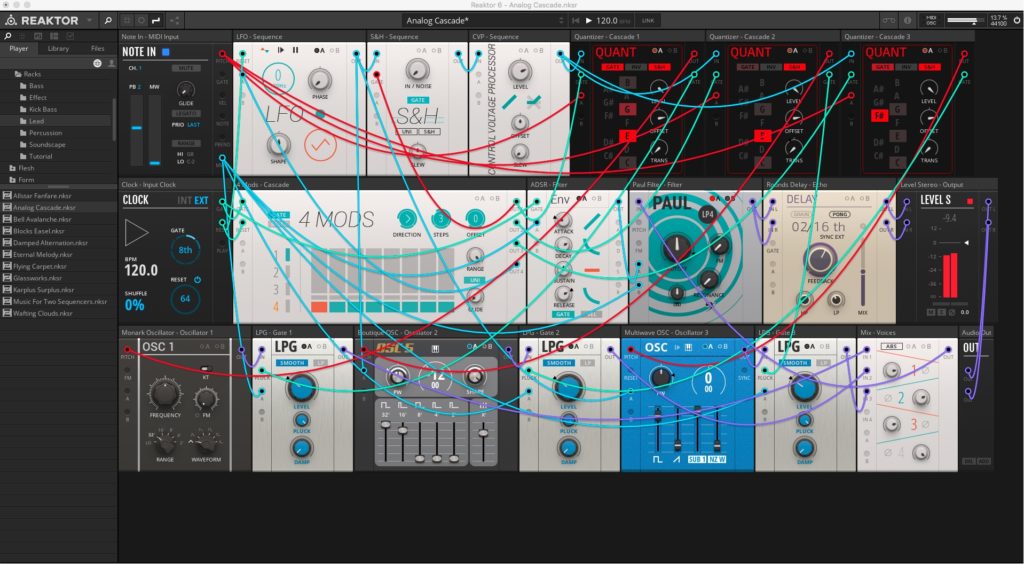
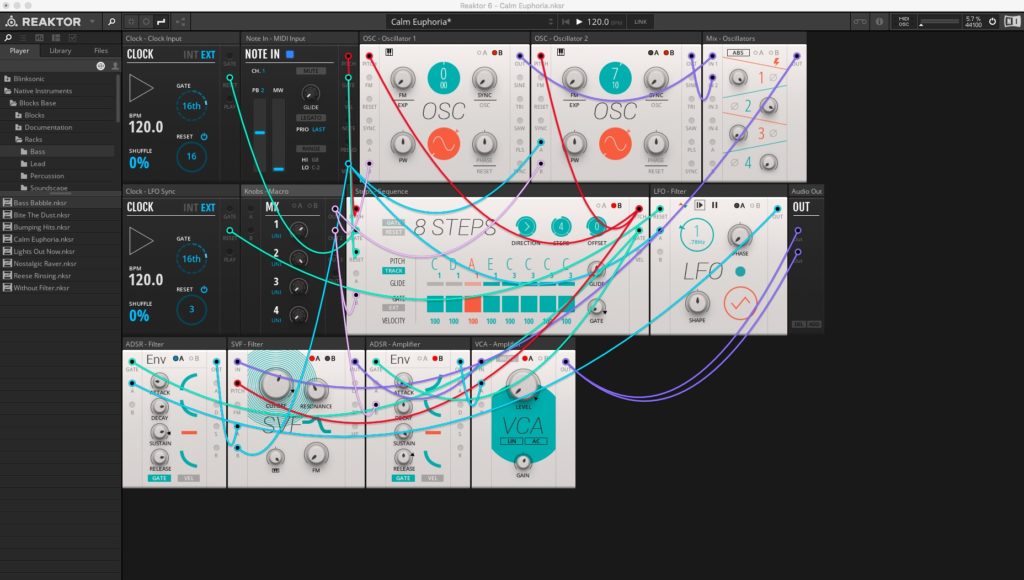
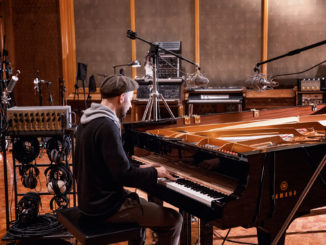
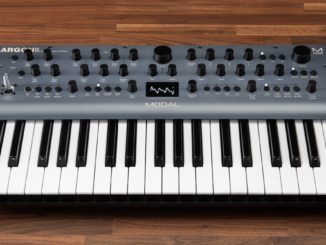
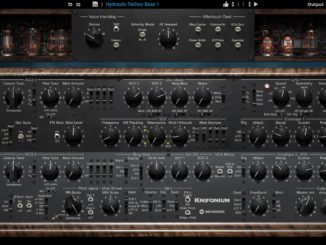
Be the first to comment